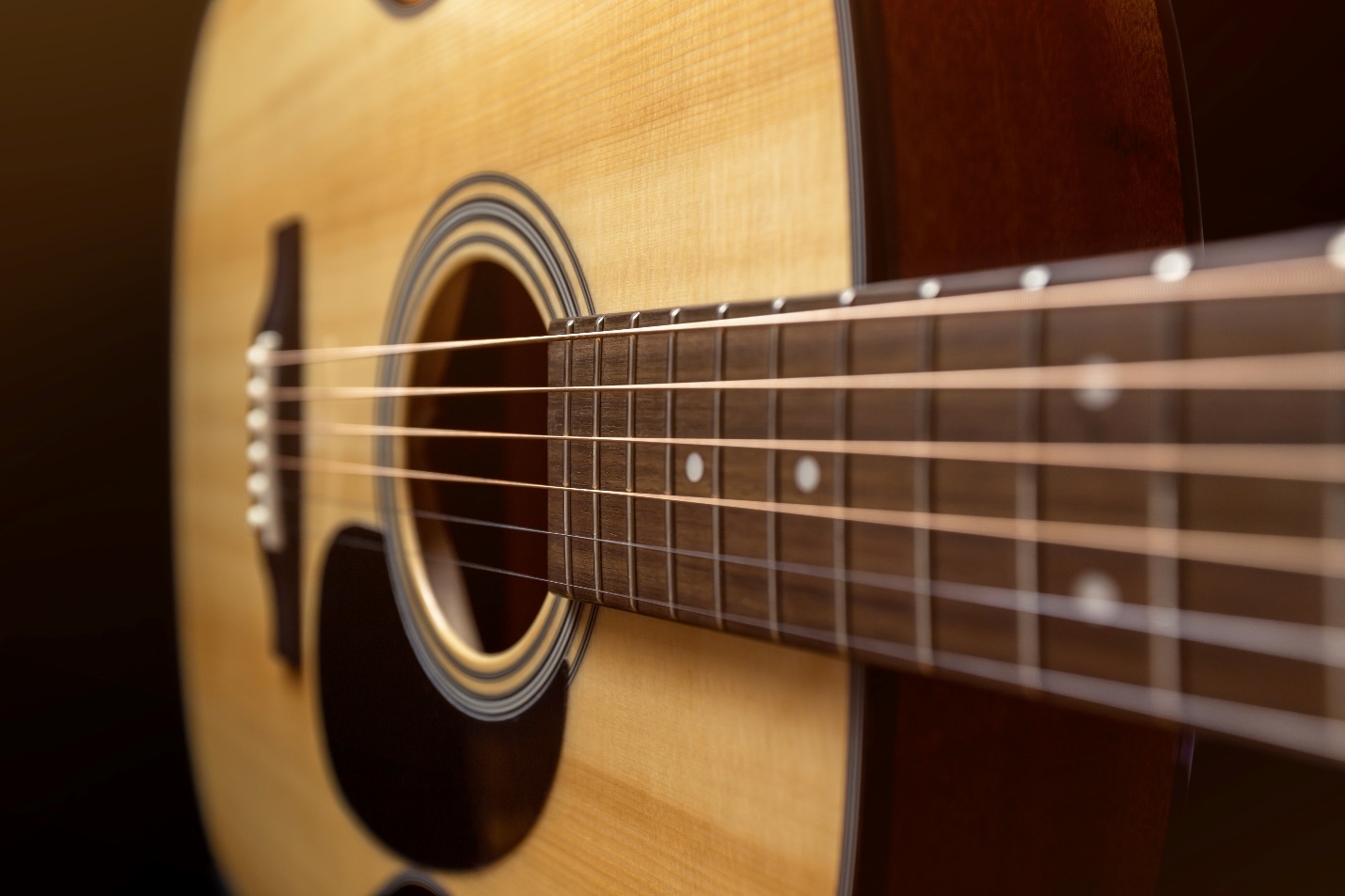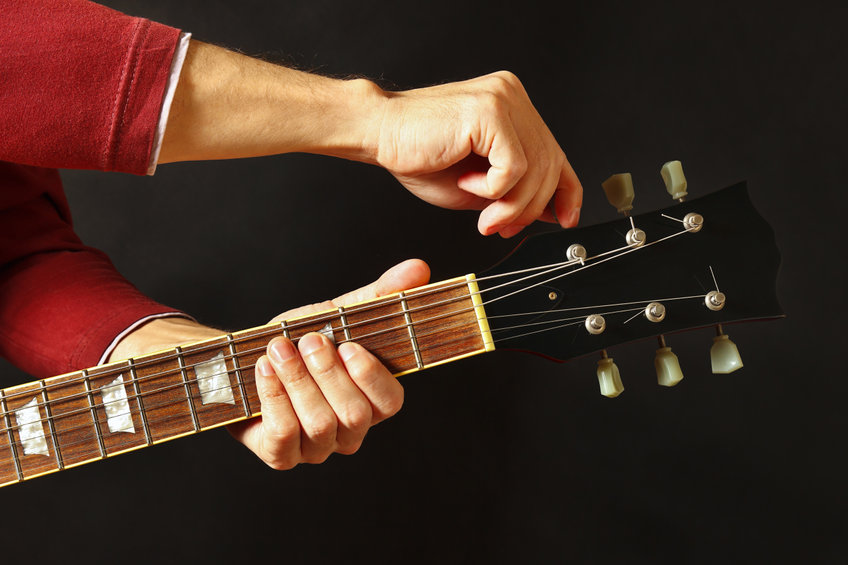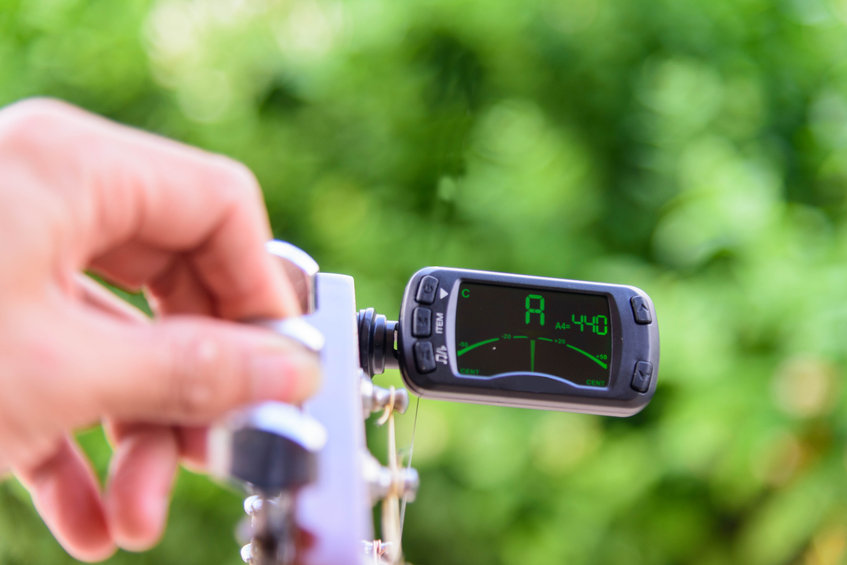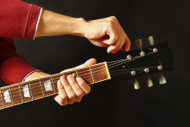Guitar tuning instructions for each of the major guitar types
Jun 28th 2023
When it comes to getting the sweetest notes out of our guitar, there are a lot of factors involved. Innate talent, rigorous practice and inherent musical skills are all musts, of course. It helps to have a really good guitar too. But even if you think you are the greatest guitar player in the world and have one of the best guitars ever made, no one listening to you will think you sound so hot if your guitar is out of tune.
To play your best music, you simply must keep your guitar in tune. Unfortunately, nature and humanity are constantly conspiring to put it out of tune; hot and cold temperatures can put a guitar out of tune, as can knocking or bumping it against something. Simply playing a guitar gradually pulls it out of tune. And forgetting to change your guitar strings often enough can also make it harder to keep your guitar in tune and produce less than satisfactory results.
Fortunately, a new set of guitar strings is generally affordable, and keeping your guitar in tune is easy with a little know-how. The process of tuning a guitar is basically the same for all types, including acoustic and electric guitars. Strings and Beyond is happy to offer you these guitar tuning tips for all of the major guitar types.

There are several options for guitar tuning. That means you should always be able to tune your guitar no matter where you are or what your financial circumstances are. We'll look at the tuning possibilities one by one later in this blog.
Pegged to Perfection
First, you will have to understand the basics of how to tune your guitar. It's simple, really: You just use the pegs (also known as keys or machine heads) at the headstock or top of the guitar's neck. These pegs turn just like screws. Tighten them and they will increase the tension on the strings, thus increasing the pitch. Loosen them and they will reduce the tension and lower the pitch.

Electronic Guitar Tuners
Although they will require an initial investment, electronic guitar tuners provide one of the easiest ways to tune a guitar. They are available in a range of prices too, so you can probably find one to fit your budget if you decide this is the way to go for you.
Fast and accurate, these devices "listen" to you as you pluck a guitar string. A monitor on the tuner shows you how near you are to the note you are trying to play. Make sure to pluck your string several times, about once every second, so your monitor can "hear" the note you are trying to play. Adjust the peg on the string you are tuning. If your adjustment moves the sensor toward the middle on the readout and the note you are trying to achieve, keep turning the peg in that direction. If not, reverse the direction of the peg.

Smart Solutions
If you have a smartphone, another option is available: Numerous smartphone apps are out there now that work similarly to electronic tuners, and many of them are free.
Don't have a smartphone? No problem! There are also websites that will give you the notes you want to play. Using this approach will depend on how good an ear you have, because you will have to tune your guitar just with your hearing rather than depending on an electronic gadget's perfect pitch.
Other Instruments
If you're not a fan of smartphones, computers and gadgets in general, or don't have one hand, that's OK. If you have other musical instruments available, you can tune your guitar to them. You can work with a piano or another instrument, using your (hopefully good) ear to tune your guitar to it.
Of course, the instrument you tune to itself will have to be in tune. The best instrument to use is an electronic keyboard that is always in tune, because if you are tuning your guitar to an out-of-tune piano or another instrument, the guitar will be out of tune too.
The Old-Fashioned Way
Maybe you don't have a computer, smartphone, piano or electronic keyboard handy or at all. Perhaps you do, but your battery has died or the instrument is out of tune. Maybe you are in a remote cabin seeking your own Rocky Mountain high with your favorite musical instrument far from the madding crowd. Whatever the reason, you can still keep your trusty guitar in tune just with your guitar strings and your ears.
Again, this will require an accurate musical ear. This method depends on the fact that playing a string on the fifth fret will give the proper note for the next string in all but one case. Start with the low E string. To work correctly, this string must be in tune, so you will really have to have a good ear. Playing it on the fifth fret will give you the A note to tune your next string to. This works for all strings except the second or B string. For this you will need to play the fourth fret of the third string for the right note.
Contact Strings and Beyond for More
We hope this guide was helpful. Whether you're new to guitar playing or an expert, feel free to contact our knowledgeable staff for additional assistance and advice on guitar strings and how to keep them in tune.

